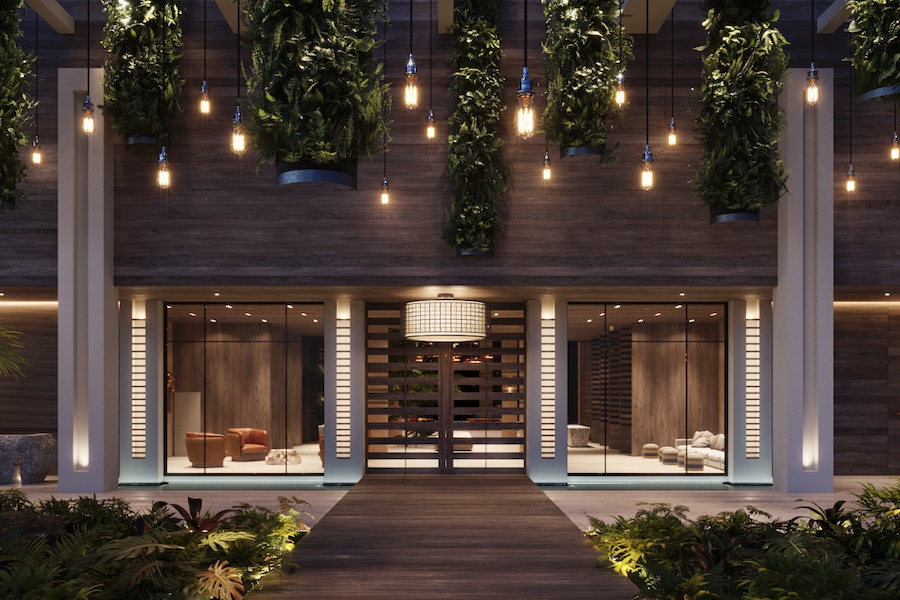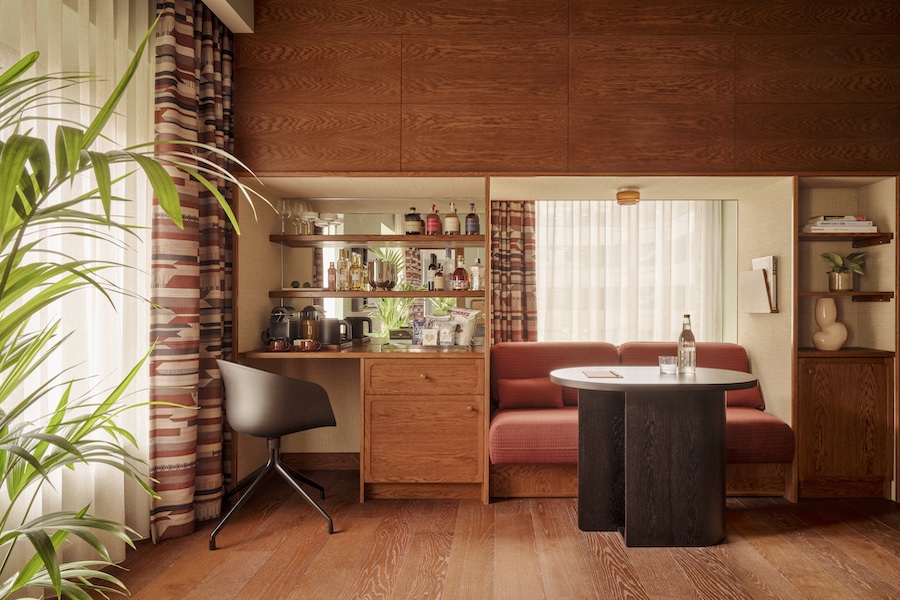The Chedi Hegra has opened its doors at Hegra, a UNESCO World Heritage site in Saudi Arabia’s AlUla region.
Hegra, located in Northwest Saudi Arabia, dates to the 1st century BCE and was once a major city along the historic Incense Road railway route. The new resort is set in the ancient Nabataean city and built from of the ruins of the Hegra Train station.
Historical architecture

With architecture and interiors led by Milan-based Gio Forma, the Chedi Hegra includes 35 guestrooms, suites, and villas, all offering sweeping views of the surrounding desert.
Many of the rooms were created from existing buildings and incorporate original stone walls and other historic architectural features. Private terraces, plunge pools, and interiors inspired by the rich heritage of the Nabataeans are also featured.
Storytelling through art at Chedi Hegra
Art at the Chedi Hegra brings the site’s rich story to life—offering an immersive, artistic journey through the region’s history. One of the key highlights is Silent Witnesses of the Past by Monika Sosnowska, an evocative installation crafted from repurposed steel rails from the Hegra Railway.
A central feature of the property is the Shadow Canopy, known as Lamellae—a 2,300-foot-long structure that unites historic railway tracks with modern design.
An array of dining options
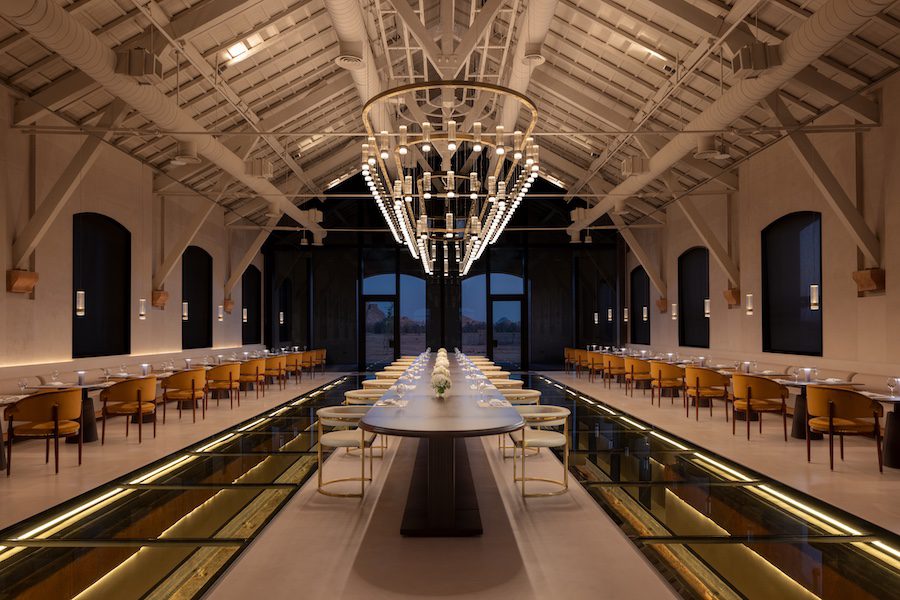
The Chedi Hegra’s onsite dining options include Prima Classe, an restaurant housed in the historic train station, which in the evening, transforms into the elegant Golden Hour Lounge. Here, guests can soak up the desert sunset and admire a restored Locomotive 964, an original 2-6-0 model manufactured by Arnold Jung Lokomotivfabrik in 1906.
Other F&B offerings span the Al Mahattah Lounge and the Saudi Coffee House, as well as forthcoming concepts like Al Mokhtasar, fine dining at Al Qala’ah, and a starlit experience at Al Mawrid.
Wellness at Chedi Hegra
Wellness is paramount to the Chedi Hegra experience. A dedicated villa with spa facilities, including a private pool, is located on the property. Meanwhile, a 12,900-square-foot spa and wellness center—housed in a historic mud-brick villa complete with saunas, steam rooms, and post-treatment relaxation areas—is set to open in the coming months.
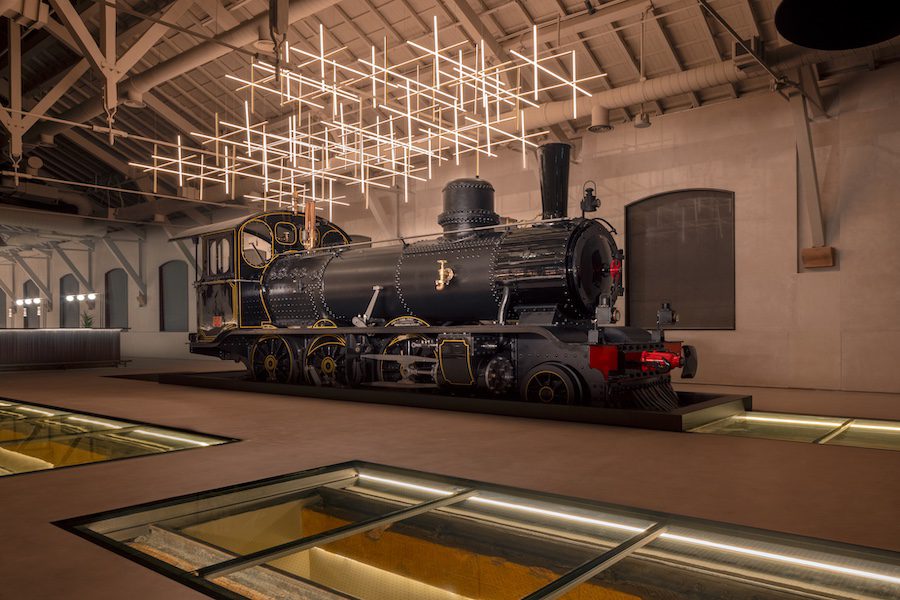
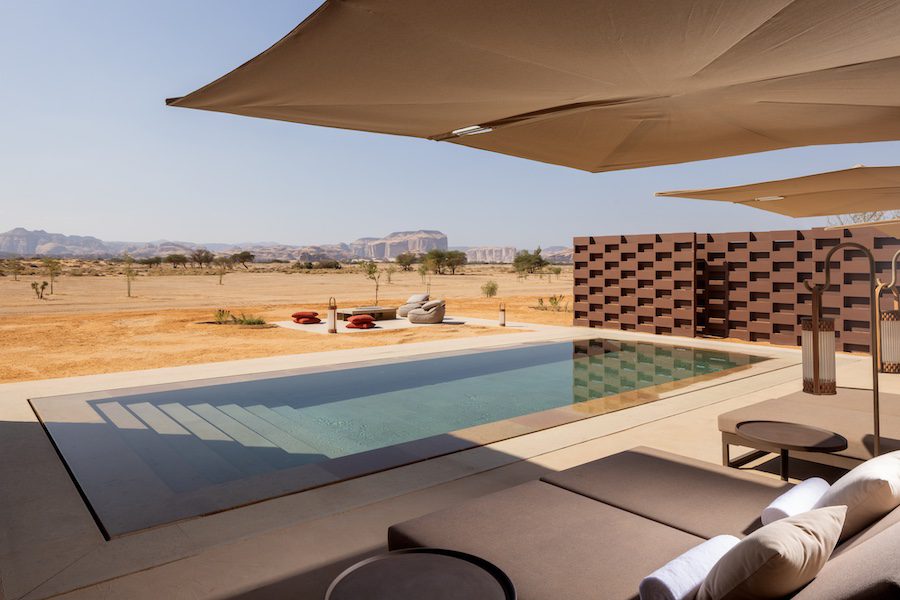
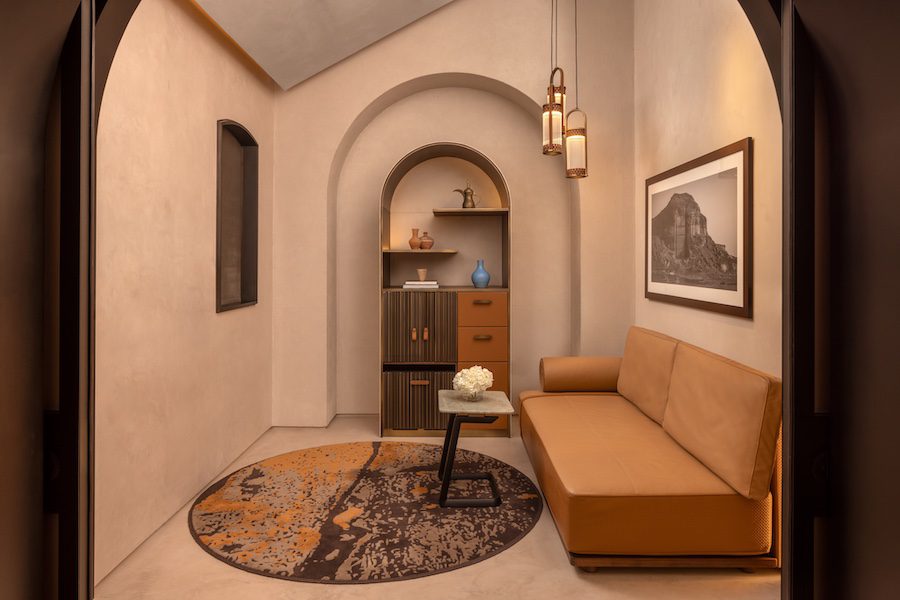
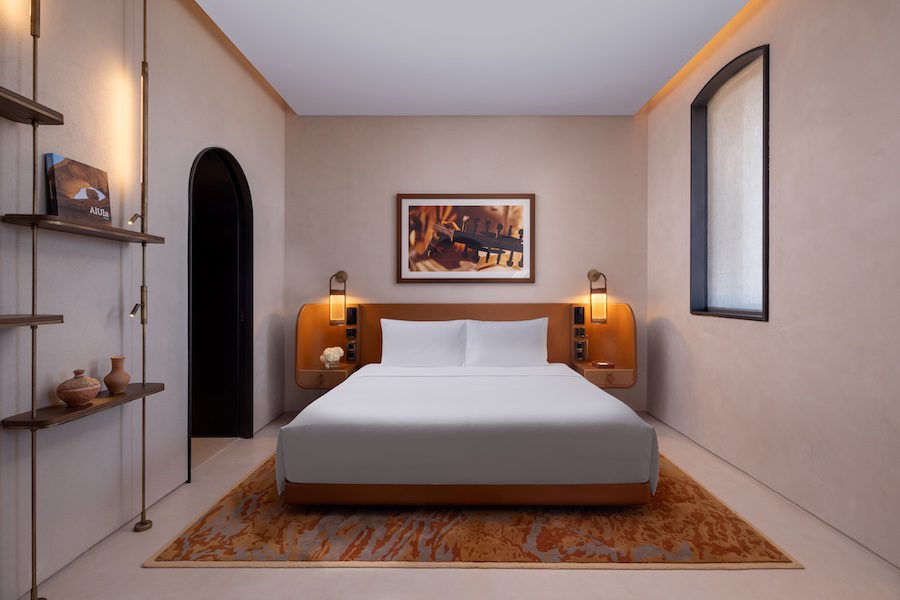
More from HD:
9 Trends That Will Shape the Hospitality Industry in 2025
São Paulo Welcomes a Vibrant New Hotel
What I’ve Learned Podcast: Sigurlaug Sverrisdóttir, ION Hotels


